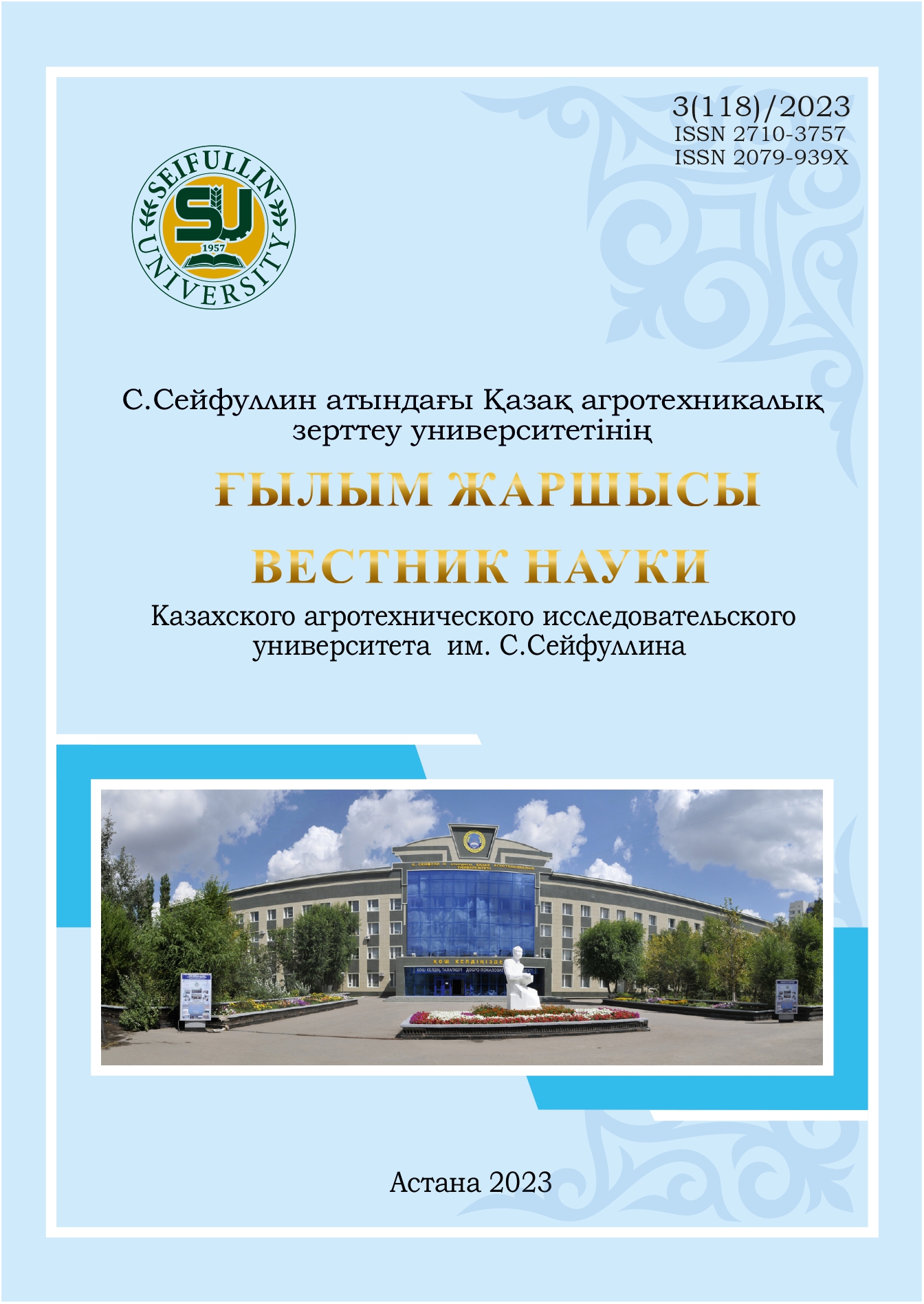CRYOPRESERVATION OF SPERM OF THE SILVER CARP (HYPOPHTHALMICHTHYS MOLITRIX) USING VARIOUS CRYOPROTECTORS
DOI:
https://doi.org/10.51452/kazatu.2023.3(118).1509Keywords:
silver carp; cryopreservation; cryoprotector; sperm; sperm; equilibration; solution.Abstract
The article discusses cryopreservation of silver carp sperm using various cryoprotectors. Cryopreservation of fish reproductive cells is an urgent direction in the strategy of preserving genetic biodiversity, as well as the development of fisheries and aquaculture. Two cryoprotective solutions containing the following components were used in the cryopreservation process: 1) 60mm NaCl, 3 mM sucrose, 5% ethylene glycol and 22% methanol; 2) 110 mM NaCl, 240 mM KCl, 3.5 mm CaCl2, 1.5 mM MgCl2, 4.3 mM NaHCO3 and 18% DMSO. According to the research results, the fish-breeding qualities of the native sperm of the silver carp averaged 97.2 ± 1.04%. According to the research results, the fish-breeding qualities of the native sperm of the silver carp before equilibration averaged 97.2 ± 1.04%. After balancing, the motility of spermatozoa based on solution No. 1 was 85.2%, and on the basis of solution No. 2 – 87.4%, respectively. Based on the results obtained, solution No. 2 (DMSO 18%) is successful. When using this solution, the motility of silver carp spermatozoa at 10 seconds after sperm activation was 19%, and within a minute 10.4%, respectively. When using solution No. 1 based on methanol and ethylene glycol, average sperm motility values of 10% at 10 seconds and average motility values within a minute of 6% were obtained. The rate of freezing of silver carp sperm in two solutions had approximately the same rate

